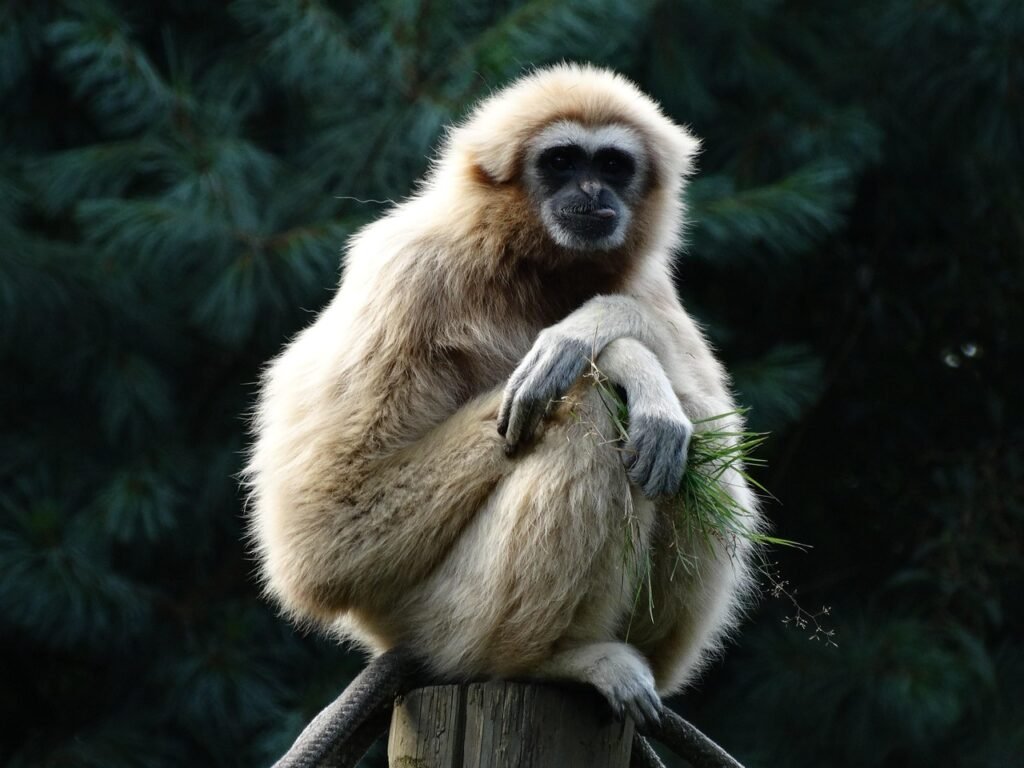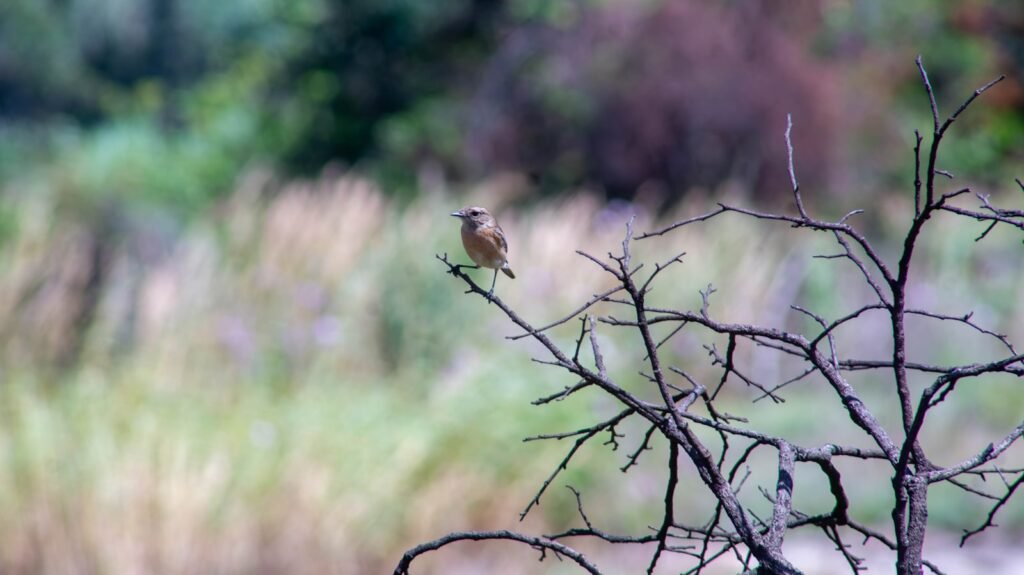You might think we’ve discovered everything our planet has to offer. Yet even as we venture into space and map ocean floors, we’re still losing species at an alarming rate right here on Earth. Scientists estimate that three species vanish every hour, and when you look at the world’s rarest mammals, the numbers are shocking in ways that might keep you awake at night.
Some of these creatures exist in populations so small they could fit in a single auditorium. Others live in such remote places that researchers rarely glimpse them alive. These aren’t just statistics on paper though, they’re living reminders of how fragile our world truly is.
Northern White Rhinoceros: The Loneliest Species on Earth

With only two females remaining at the Ol Pejeta Conservancy in Kenya, the Northern White Rhino stands on the brink of extinction. The death of the last male in 2018 marked a significant loss for the species. Think about that for a moment: an entire subspecies reduced to two elderly females who can no longer reproduce naturally.
Poaching for their horns and habitat loss are the primary reasons for their decline, with conservation efforts now hinging on advanced reproductive technologies, including in vitro fertilization, using genetic material from deceased males. The situation has become so desperate that scientists are literally racing against time to preserve frozen sperm and egg cells.
Vaquita Porpoise: Mexico’s Disappearing Marine Marvel

With an estimated population size of fewer than 10 individuals, the vaquita is the world’s rarest marine mammal. The vaquita is a porpoise from the Gulf of California, a strip of water that separates Baja California from mainland Mexico, with its name meaning “little cow” in Spanish, thanks to its small stature and unique markings.
This small porpoise is under threat primarily from illegal gillnet fishing aimed at capturing another species, the totoaba, whose bladder is highly valued. To make matters worse, researchers recorded no new calves in 2024. The vaquita’s story shows how one species can be destroyed by demand for another.
Javan Rhinoceros: Indonesia’s Hidden Treasure

Only around 76 Javan rhinos are currently estimated to remain in the world, making this critically endangered rhino species one of the most threatened large mammal species on Earth. However, this number became even more dire when officials announced that recently arrested poachers confessed to killing a total of 26 Javan rhinos, potentially cutting the total population by one-third.
They’re confined to one park on the extreme southwestern tip of the Indonesian island of Java – Ujung Kulon National Park, which became the only remaining place on Earth with a population of Javan rhinos. Some experts have concerns over housing the entire remaining population in just one location: A single catastrophe, such as a tsunami or disease outbreak, could spell swift extinction for the remaining rhinos.
Tapanuli Orangutan: The World’s Most Endangered Great Ape

As of 2018, there are roughly 800 individuals of this species and it is currently on the critically endangered species list, making it the rarest great ape. With only 800 individuals left, this is the most endangered Great Ape species in the world. The Tapanuli orangutan wasn’t even recognized as a separate species until 2017, making it both newly discovered and immediately critically endangered.
It is listed as critically endangered by the IUCN because of hunting, conflict with humans, the illegal wildlife trade, rampant habitat destruction for small scale agriculture, mining and a proposed hydroelectric dam in the area with the highest density of orangutans. Conservationists predict an 83% decline in three generations (75 years) if the necessary conservation measures and practices are not implemented.
Saola: Asia’s Most Mysterious Unicorn

Known as the “Asian unicorn,” this bovine is so rare that scientists have barely studied the remaining population of 100. The Saola was first documented in 1992, and its tiny population may explain why they remained hidden for so long. Imagine a large mammal staying completely hidden from science until just over thirty years ago.
Threatened by habitat loss and indiscriminate snaring for bushmeat, they are critically endangered due to habitat destruction and incidental capture in snares intended for other animals. The saola’s story perfectly illustrates how even discovering a new species can come too late to save it.
Hainan Gibbon: China’s Singing Survivor

The Hainan Gibbon is the world’s rarest Chinese primate with fewer than 45 individuals remaining and is the world’s rarest primate. The Hainan Gibbon resides in a small patch of forest on China’s Hainan Island. These primates are known for their hauntingly beautiful songs that carry across the forest canopy.
Threatened by deforestation, hunting, and low genetic diversity, deforestation and hunting have brought this species to the brink of extinction. Hainan Gibbons are social animals, living in small family groups and feeding on fruits, leaves, and insects, with conservation efforts intensely focused on habitat protection and reforestation.
Cross River Gorilla: Africa’s Rarest Great Ape

Cross-river gorillas are the rarest, with an estimated population of 250-300 individuals remaining in montane forests along the Nigeria–Cameroon border. The Cross River Gorilla is Africa’s rarest great ape and resides in the dense forests and rugged terrain along the Nigeria-Cameroon border.
They are critically endangered due to habitat destruction and poaching, with these gorillas having a varied diet that includes fruit, leaves, and stems, while conservation efforts are focused on habitat protection, anti-poaching measures, and community-based conservation programs. Their survival depends entirely on the cooperation between two nations sharing their habitat.
Amur Leopard: The Ghost of Siberia

The Amur leopard is one of the rarest big cats in the world, with only around 130 individuals left in the wild, with recent estimates suggesting 120-140 individuals remain. Amur leopards can only be found in a relatively small region of the far east of Russia and north-eastern China at present.
Despite being on the brink of extinction, local and international conservation efforts have allowed the Amur leopard population to stabilize for the first time in years, and while years of habitat loss and human conflict mean that the species will likely never see the numbers it once had, there is reason to hope that future generations will be able to see this unique creature in the wild. Sometimes hope comes in small victories.
Sumatran Rhinoceros: The Smallest of Giants

The Sumatran Rhino is the smallest of all rhinoceros species, critically endangered with fewer than 80 individuals remaining in isolated forest pockets in Indonesia. They’re Critically Endangered with only 41 left in the world in 2021. This makes them even rarer than their Javan cousins.
These solitary animals prefer dense mountain forests and have a diet consisting of leaves, twigs, and fruits, with habitat loss, poaching, and their low birth rate driving their numbers down, while conservation initiatives include anti-poaching measures, habitat protection, and captive breeding programs aimed at increasing their population. The Sumatran rhino represents our last chance to save an entire evolutionary lineage.
Kouprey: Cambodia’s Vanishing Wild Ox

They are considered critically endangered or possibly extinct, with between zero and 50 mature individuals left in the wild. Inhabiting the wild areas of Cambodia and Laos, the other kouprey populations across Asia have been completely wiped out, with the biggest threat being habitat loss as logging and agricultural expansion decimate their areas, while poaching and hunting for their meat and horns have further decimated their population.
The kouprey’s story is particularly heartbreaking because it shows how quickly a species can slip from being simply rare to possibly extinct. Some scientists believe we may have already lost them forever, making every potential sighting a matter of urgent investigation.
Single-Striped Opossum: South America’s Phantom

The single-striped opossum, also known as the one-striped opossum, is classed as critically endangered and considered possibly extinct, with only two to 10 single-striped opossums believed to be left in the wild – only two encounters have ever been recorded. This tiny marsupial is so elusive that it barely registers in the scientific record.
Found in central South America, urbanisation, agricultural expansion, and deforestation have diminished their forest habitats, isolating populations and limiting their access to food and ability to find mates, while climate change makes them even more vulnerable by altering their ecosystems. The single-striped opossum represents countless small species we’re losing before we even understand them fully.
When you step back and look at these numbers, the picture becomes clear. We’re living through the sixth mass extinction, but unlike previous ones caused by asteroids or volcanic eruptions, this one has a human signature. Yet within these sobering statistics lie stories of resilience, dedicated conservation efforts, and the possibility that some species might still be saved.
The race against time continues, and every birth recorded by camera trap, every successful breeding program, and every hectare of protected habitat matters more than we might realize. These animals aren’t just numbers on a conservation list, they’re the last representatives of evolutionary lines that took millions of years to develop.
What do you think about these critically low numbers? Are we doing enough to save these remarkable creatures before it’s too late?




